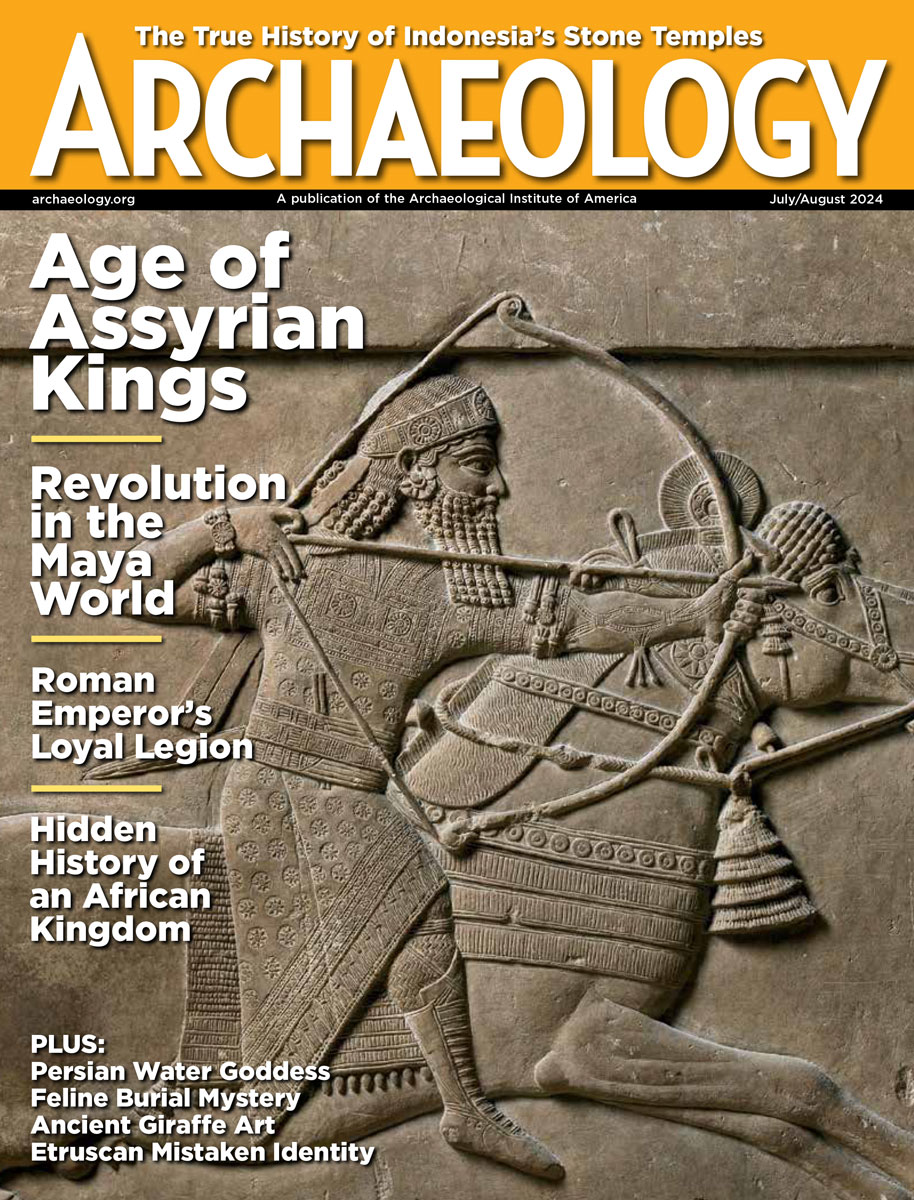Monday, February 6
February 6, 2012
British scientists want to know who perpetrated the Piltdown Man hoax in 1912. Did the hoaxers expect that the stained skull, jawbone, and “cricket bat†would immediately be spotted as fakes? “No one did any scientific tests. If they had, they would have noticed the chemical staining and the filed-down teeth very quickly. This was clearly not a genuine artifact. The scientific establishment accepted it because they wanted it so much,†said Miles Russell of Bournemouth University.
That supposedly Viking ax head found in Gloucestershire, England, is really an eighteenth-century woodworking tool, according to archaeologist Kurt Adams of the Bristol Museum and Art Gallery. “Axes can be quite difficult to date because the form fits the function – but having said that, Viking and battle axes are quite distinct,†he said.
Human bones unearthed during a construction project at the University of the West Indies in Mona, Jamaica, are being examined by archaeologists. The site was once known as the Papine Slave Village.
Guinea pig bones  dating to the late sixteenth century have been unearthed in a middle-class neighborhood in Mons, Belgium. The rodents may have become popular pets after Spain conquered Peru in 1532.
In 1993, a reburial ceremony was held at Fort William Henry in Lake George, New York, for French and Indian War soldiers whose remains had been excavated during the 1950s. Only three of the 15 sets of human remains were actually reburied, however. The rest have been held for study at Arizona State University and the University of Waterloo in Ontario.
Conservator Chris Mills is slowly removing layers of paint from the walls of the Brandy Station Graffiti House in Culpeper, Virginia, in order to reveal the signatures and drawings left by Confederate and Union forces during the Civil War.
DNA analysis of modern ethnic groups living in Siberia’s Altay Mountains and American Indians living in the U.S., Canada, and Mexico, has found a genetic marker linking the two groups.
- Comments Off on Monday, February 6









